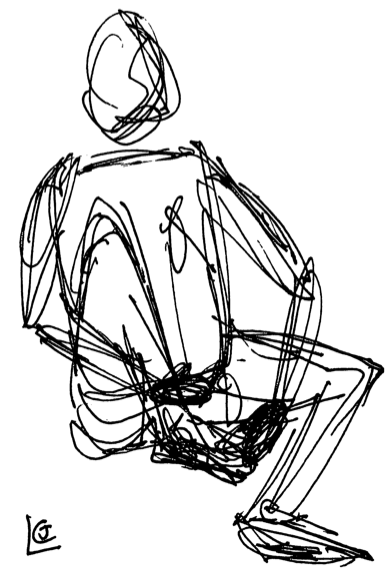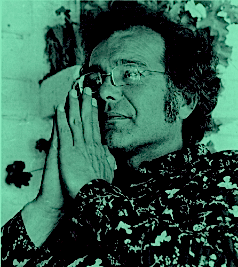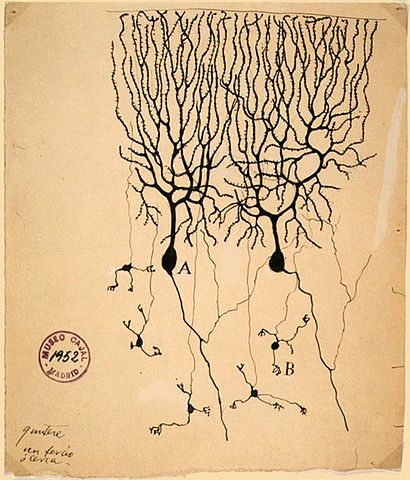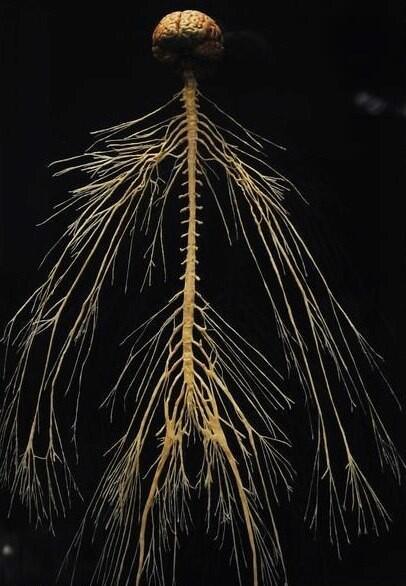The state you are in, be it pain or body composition is just a manifestation of the current state of your system.
Let us look at the two maladies that affect the modern human separately to explain further:
– Pain
This affects many of us and in the midst of a painful episode we think of this as a permanent state, how will we ever be out of pain and not recalling a time when we were not in pain. Here are two points to think on, the first is that pain is an output from the brain and the second is that pain is recreated every moment.
– Body Composition
This basically what people refer to in layman’s terms of being too fat or too skinny or not enough whatever. The body as a we see it is merely a manifestation of the system, if we are sick, stressed, consuming too much or too little of certain foodstuffs. The body isn’t a fixed form, everything changes cells, bones remodel, skin renews, hair grows. In fact thats a good point, in much the same way you can change your hairstyle and have to wait for it to grow for some styles we have to wait for the our body to change to new inputs be they food, movement (loaded or otherwise).
So do not look at yourself and think ‘I am fat’ instead see your body for what it is, you have an excess of calories and your body is storing it. Remedy is to alter consumption and maybe alter your movement.
With pain, look to these facts have you an injury, illness or what is covered by the term red flag if not and have been cleared for movement then is the pain an old pattern being held onto such as a limp which aided you getting around but the injury has long since healed and now the limp is causing issues on the non injured leg.
So composition of ones body can be changed and pain can be often reduced or stopped it is a case of seeing us for what we are, we are systems not statues set in stone. Are poor eating habits and levels of movement unchanging and are old ways of using ourself keeping us in a painful state, in other words how is your nervous system holding you?






